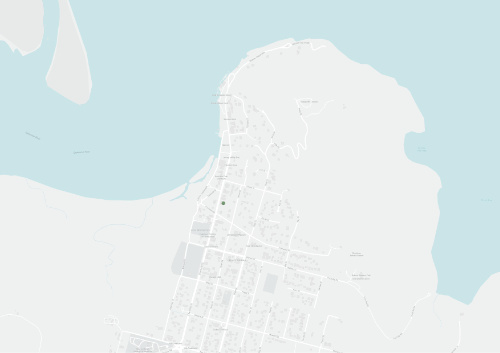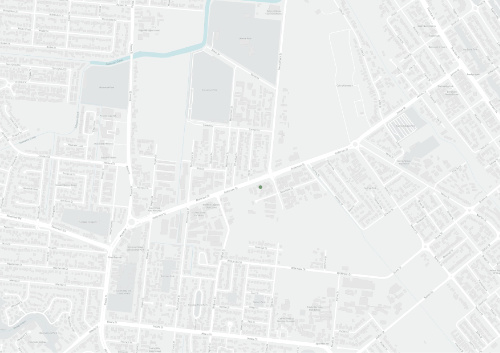Doing something natural: grazing naturally on Merluna Station
Doing something natural: grazing naturally on Merluna Station
Cameron and Michelle MacLean have owned Merluna Station, a north western Cape York grazing property, since 2004.
Cape York NRM’s Andrew Hartwig started working with the couple in 2019 as part of the Healthy Farming Futures project which supports graziers in the Cape’s western flowing catchments to improve ground cover, soil condition, and vegetation biodiversity in order to reduce erosion and improve the water quality of the Gulf of Carpentaria.
Cameron MacLean spoke to Cape York NRM about what this means for Merluna.
Michelle and I have owned Merluna for 16 years and it’s under a grazing lease. Our key goal for the property is to keep it pristine, as well as productive. I believe we can do both.
We’ve got a small grazing operation because conventional grazing practices have prevented us from becoming an environmentally and financially sustainable large grazing business.
In response, we are now practicing Dick Richardson’s Grazing Naturally techniques to improve the health of soil, the grass, the cattle and the country.
The main principle of the Grazing Naturally methodology is paddock rotation, with varying grazing pressure on individual paddocks to drive grass growth and provide cattle with fresh green grass, while occasionally allowing each paddock to have a rest year. If you stick cattle in a paddock, all year, every year (set stocking), the good palatable grasses disappear. You end up with more tree saplings and woody weeds, as happens with annual early dry season burning. Soil condition deteriorates and we get more erosion. You end up pouring more and more urea down the cows’ neck, hence dollars, to end up with less palatable grasses in woody paddocks, each year getting worse.
If you look at bush cattle, the ones that don’t graze in paddocks, they’re good, healthy, and fat – all year round. This is because they are moving, not stuck in the same place all year.
So, the idea of Grazing Naturally is to keep the cattle moving – this means the soil will stay healthy and produce good quality grass without having to use urea, which actually prevents natural nitrogen fixing processes in the soil. Moving cattle means investment upfront, with fencing and stock watering. With fencing, we are using two hotwires.
There is a transition period where the country is improving. Mineral supplements need to be provided for the cattle, as forage quality varies in different paddocks. It is not a quick fix – it can take three years to a lifetime to restore healthy natural pasture, especially in paddocks that have been depleted.
The bush country can support healthy cattle but it’s very fragile. We need to develop and look after it and we need to look after it in a sustainable manner, to maintain balance.
The alternative, of course, is to keep cattle in one place, keep pouring urea down the cow’s neck, until the country can’t feed the cattle and your business has turned into an expensive hobby and farmers need to source off – farm income.
Natural grazing means looking after the country and in turn, the country will look after the cattle. This leads to an increase in biodiversity, a decrease in costs, and eventually, a sustainable business.
Natural grazing means the country will get stronger and stronger, and if you get it right, it can take a hit, a drought or cyclone, and still feed cattle.
None of this is new in nature. Luckily, people like Dick Richardson have studied natural patterns and now Michelle and I can apply this method on Merluna. Ultimately, we are just doing something natural.
This project is supported by Cape York NRM through funding from the Australian Government’s National Landcare Program.

